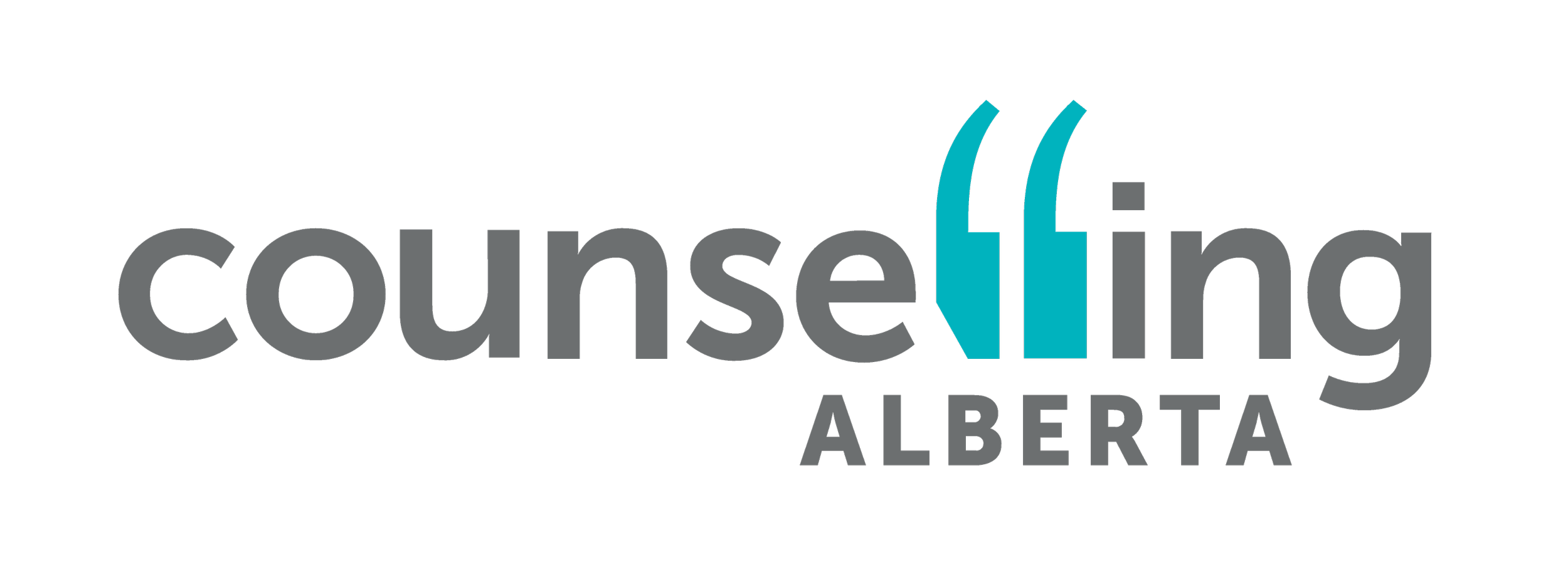From dreams to reality: a guide for setting realistic goals
As humans, we naturally aspire to become the best versions of ourselves. We envision the person we want to be and the life we want to live. But how do we transform those dreams into reality? The answer lies in setting realistic goals and a practical plan that sets us up for success.
Whether you want to work out more, save money, start a new hobby, or any other goal you want to achieve, having a well-defined plan is key to success.
Setting personal goals helps create a roadmap for change. Goals provide structure, focus, and motivation, which helps boost our confidence and sense of accomplishment. It’s important to set the right kind of goals — ones that align with our values, help us get to where we want to be, are realistic, and within reach. But how do we do that?
Understand the motivation behind your goal
Start by thinking about the motivations behind your goals and ask yourself why this change is important to you. Think about your values and what you want to achieve — how does this goal move you closer to who you want to become? When you understand the motivation behind your goals, they become more meaningful, and the likelihood of success increases.
Set realistic goals
Now that you’ve made goals that resonate with your values, they need to be specific enough to provide clear direction and a way to measure progress. When goals are too vague or overwhelming, it's hard to know where to start. Vague goals like “get in shape,” or “improve relationships,” lack clear endpoints and measurable outcomes, which causes a lack of motivation. But you can turn a vague goal into a concrete one by breaking it down into smaller, actionable steps. Concrete goals are clear, measurable, and provide a roadmap for success.
Consider the example of transforming the abstract goal of “get in shape” into a clear, measurable, and attainable goal: “I’m going to walk for 20 minutes, 3 days a week, for 2 months.” It outlines the type of exercise, the duration (20 minutes), the distance, the frequency (3 days a week), and the timeframe (2 months).
Now this goal aligns with your overarching goal of “getting in shape”, but in a much clearer way. Now you know exactly what to do, when, and for how long. It is an attainable goal, and you can track your progress.
Goals are meant to be adaptable and can evolve as you go. If you achieve the goal, “walk for 20 minutes, 3 days a week, for 2 months”, you can increase the distance, frequency, or duration to set a new goal. Remember, goal setting is a skill that requires time and reflection. If you’re having trouble achieving your goal, reassess it to make sure it’s something you can fit into your daily life.
Be patient — there's no such thing as failure
When working towards a goal, it’s common to feel discouraged if you encounter a setback or don’t see immediate results. But take a moment to pause and reflect on the progress you’ve made so far, no matter how big or small- you've probably achieved more than you think. If a goal doesn’t work out, that’s okay — you can try again. Instead of thinking, “I failed at this,” try telling yourself, “How can I make this goal more achievable,” or “What can I learn from this?”
Overcoming the ‘all-or-nothing' mindset is important when building new habits. Think about it in terms of brushing your teeth. If one morning you were in a rush and forgot to brush your teeth, you wouldn’t give up on doing it for the rest of the year due to one slip-up. Instead, you’d brush your teeth the next time you can. You can apply this same mentality to your goals. If you miss a day, don’t view it as a failure. Just like brushing your teeth, pick up where you left off and try again tomorrow. Remember, change requires time, and occasional setbacks are normal, so be patient and compassionate with yourself.
“If one morning you were in a rush and forgot to brush your teeth, you wouldn’t give up on doing it for the rest of the year due to one slip-up.”
Frame your goals in a positive way
Approach your goal setting with a positive outlook, focusing on what you want to add to your life instead of what you want to eliminate. For example, rather than setting a goal to remove junk food or to quit smoking, create a goal of incorporating healthy habits like eating more vegetables and fruits or meditation into your daily routine. By focusing on the positive changes you’re making, you’ll have increased motivation to continue with your goals.
Know the tools
Using different tools in your routine can help keep you on track with your goals. Try using visual or auditory reminders, like alarm clocks, calendars, and post-it notes, to help you stay organized and focused. Listening to podcasts or audiobooks that relate to your goals can provide inspiration and motivation to keep you going. Lastly, remember that it’s okay to ask for help with your goals. If you need someone to talk to about goal-planning or to learn effective strategies for building healthy habits, we can help! Reach out to us today.
Information for this blog post was provided by registered social worker, Keara Gillis, and registered psychologist, Amy Ramler.


